A Day in the Wilderness
Nelson Shantz, Lent 2021
When our nest was empty, I began to join Ruth on some business trips–business for her, fun for me. One of these trips took us to Las Vegas, me for the first time. Ruth has some history with the city but that’s another story! Her conference was at Caesar’s Palace, a landmark among the pleasure palaces of this pleasure destination built in the desert. It was April; weather promised to be temperate and pleasant. I packed hiking boots and clothes, a camera, maps of the Southwest, some travel guides.
I am not a gambler. I did not pack rolls of quarters or wads of cash for the casinos. I was mildly curious about the scene but had no impulse to play the tables or slots. Perhaps I missed an opportunity to test one of the few judgemental stances I still hold from the list of sins I was taught in childhood to avoid.
I love the geography and topography of the American Southwest. I planned for day trips to the mountains nearby while Ruth attended her sessions. We scheduled a few days around the conference to visit the Grand Canyon, Death Valley and eastern California.
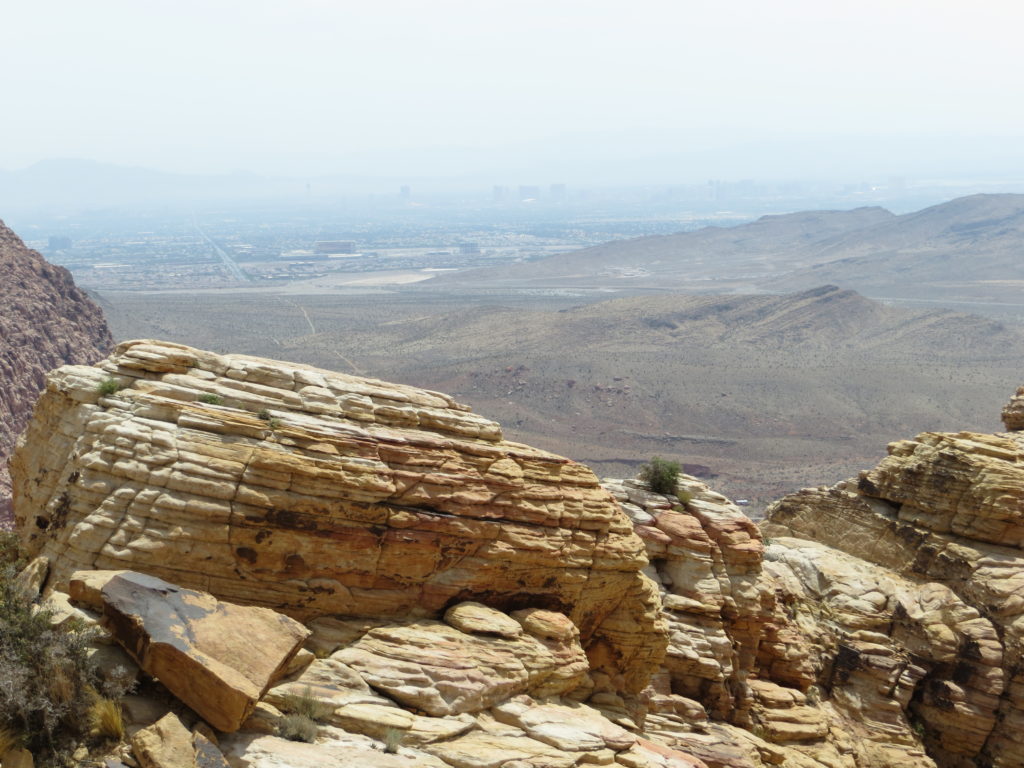
The first day on my own I headed northwest. I drove away from the hotel and the city with their enveloping, artificial, mercantile environments. As I turned off the four-lane highway and headed across the foothills, I felt a palpable sense of ease and relaxation. The road passed through barren, rocky terrain with a few houses, horse barns and corrals set beside the washes and dry creek beds. Gradually climbing into foothills, trees began to appear, growing more dense and gradually taller. The road wound higher, took sharper curves, and gave views back across the desert to the city receding on the skyline.
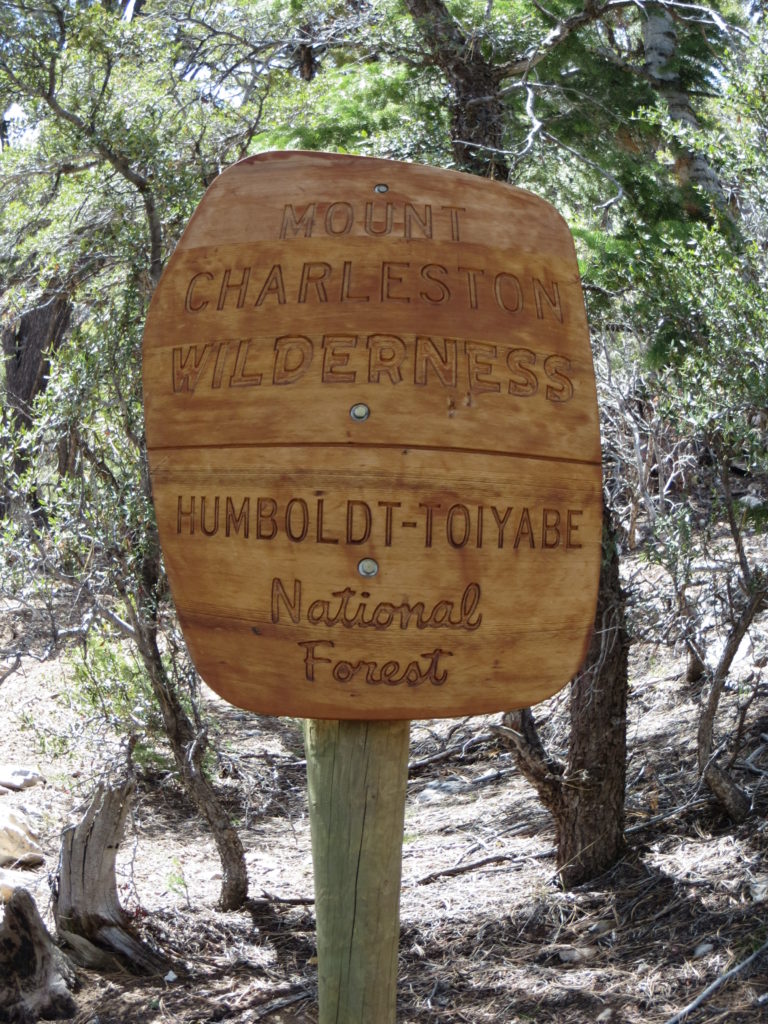
I arrived at the trailhead in the Mt Charleston Wilderness. I checked my daypack, and set off.
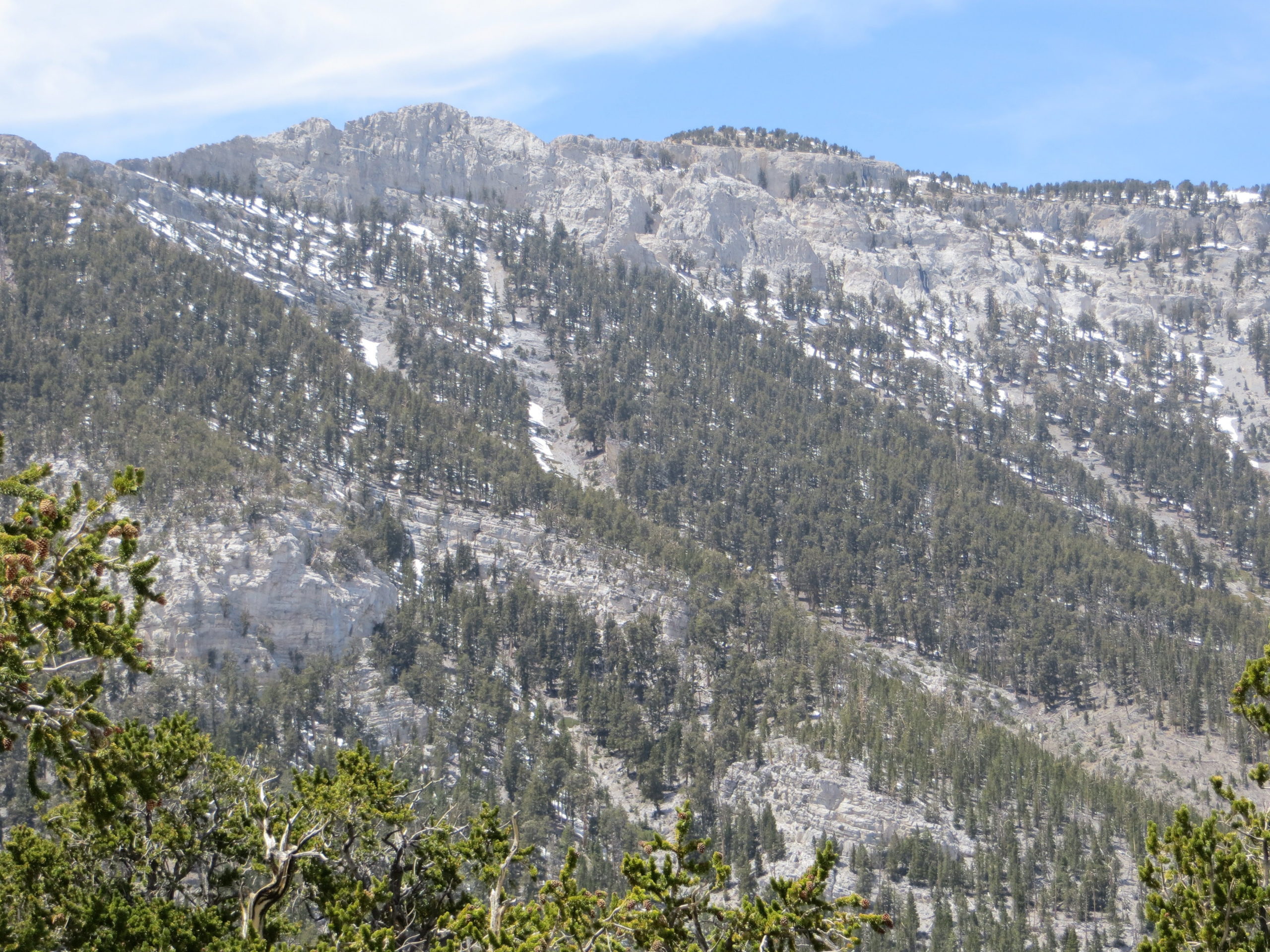
At this altitude of perhaps 8,000 feet, I hiked in occasional shade from schruby evergreens, meeting very few other hikers on the trail. I had no particular destination in mind. I would walk until my timeframe required that I turn around.
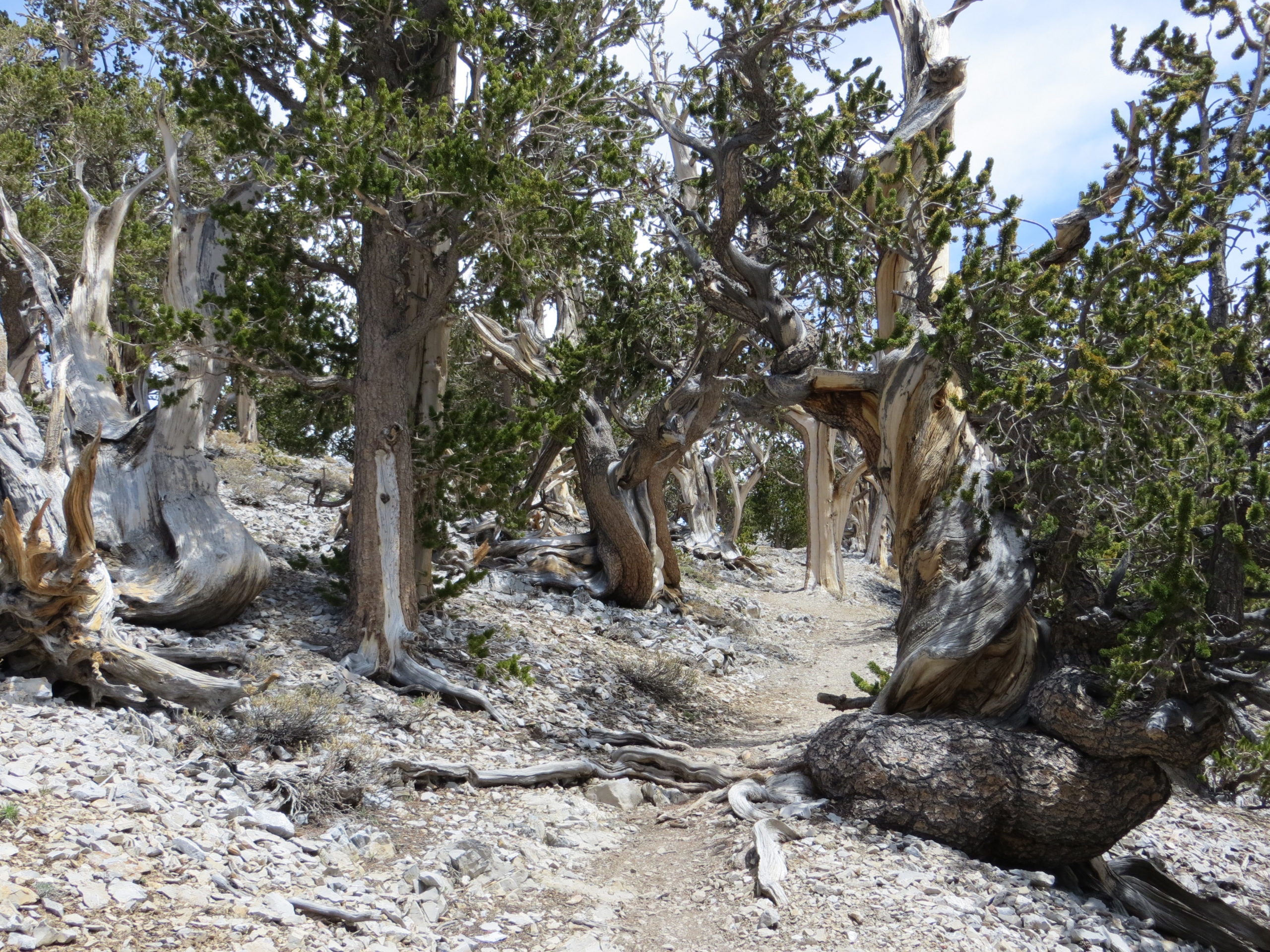
The trail offered a gradual and bracing ascent. Snow drifts remained in shadowed, leeward gullies, but my path was clear and dry. At a fork, I turned off on a side trail to explore. Soon the terrain raised the challenge: snow and ice covered an increasingly sloped trail. Footing grew treacherous. I paused to consider the possibilities and my limitations. I decided it was prudent to turn around. No one really knew where I was. I returned to the main trail and continued upwards. As I was approaching my time limit, I came upon a stand of bristlecone pines.
(#0030)
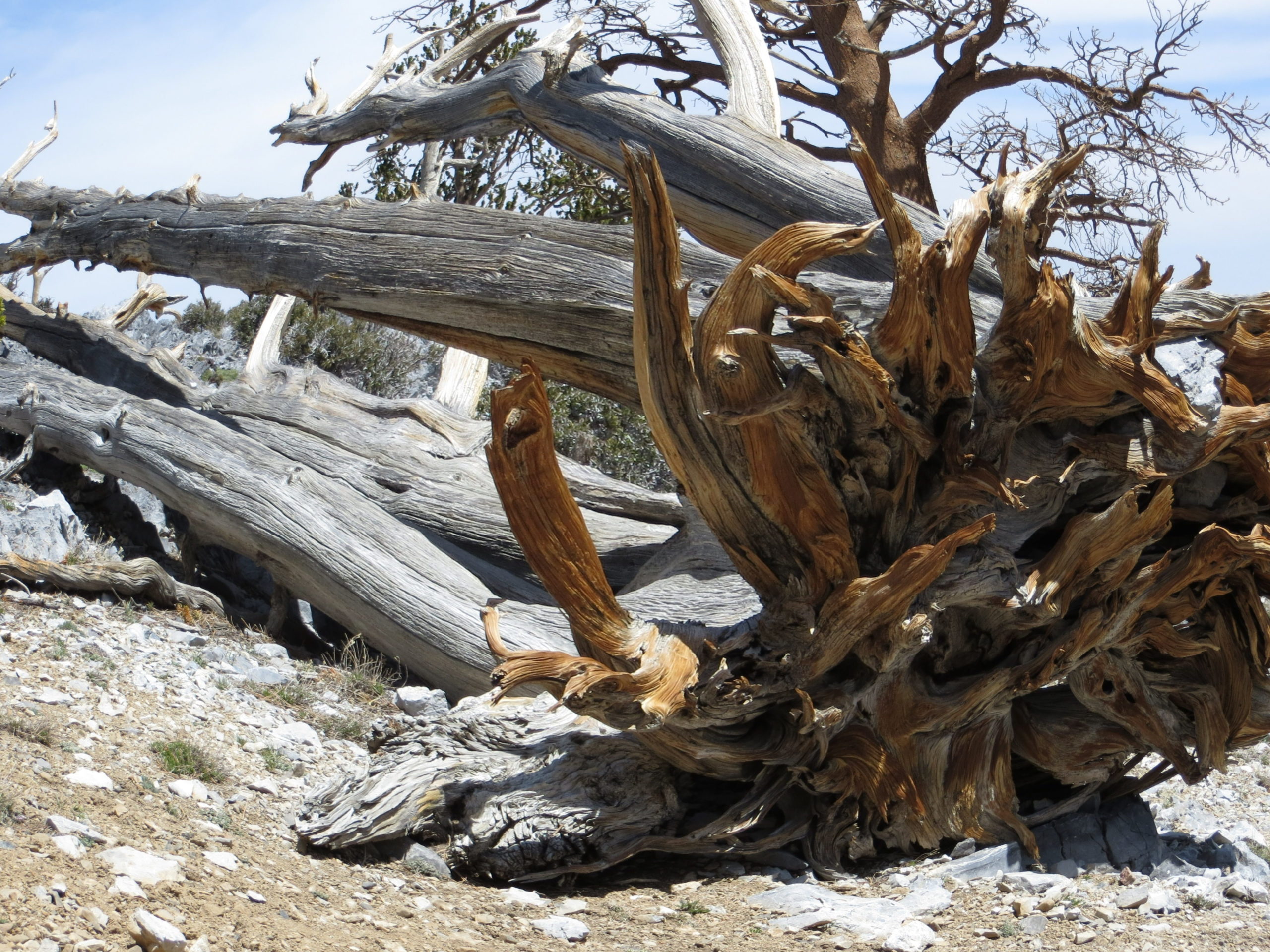
I recalled trips to Colorado with Talkers, our small group. Twice we visited Windy Ridge, a high, remote, well-named exposure with a large stand of bristlecone pines. These are ancient trees, stunted, scarred and gnarled, growing at every angle between horizontal and vertical, literally half-dead and looking like it. Some may have sprouted as long ago as the time of
Christ. The stand of bristlecone pines I came upon in the Mt. Charleston Wilderness was not so spectacular but still special for its rarity and evocation of age and tenacity.
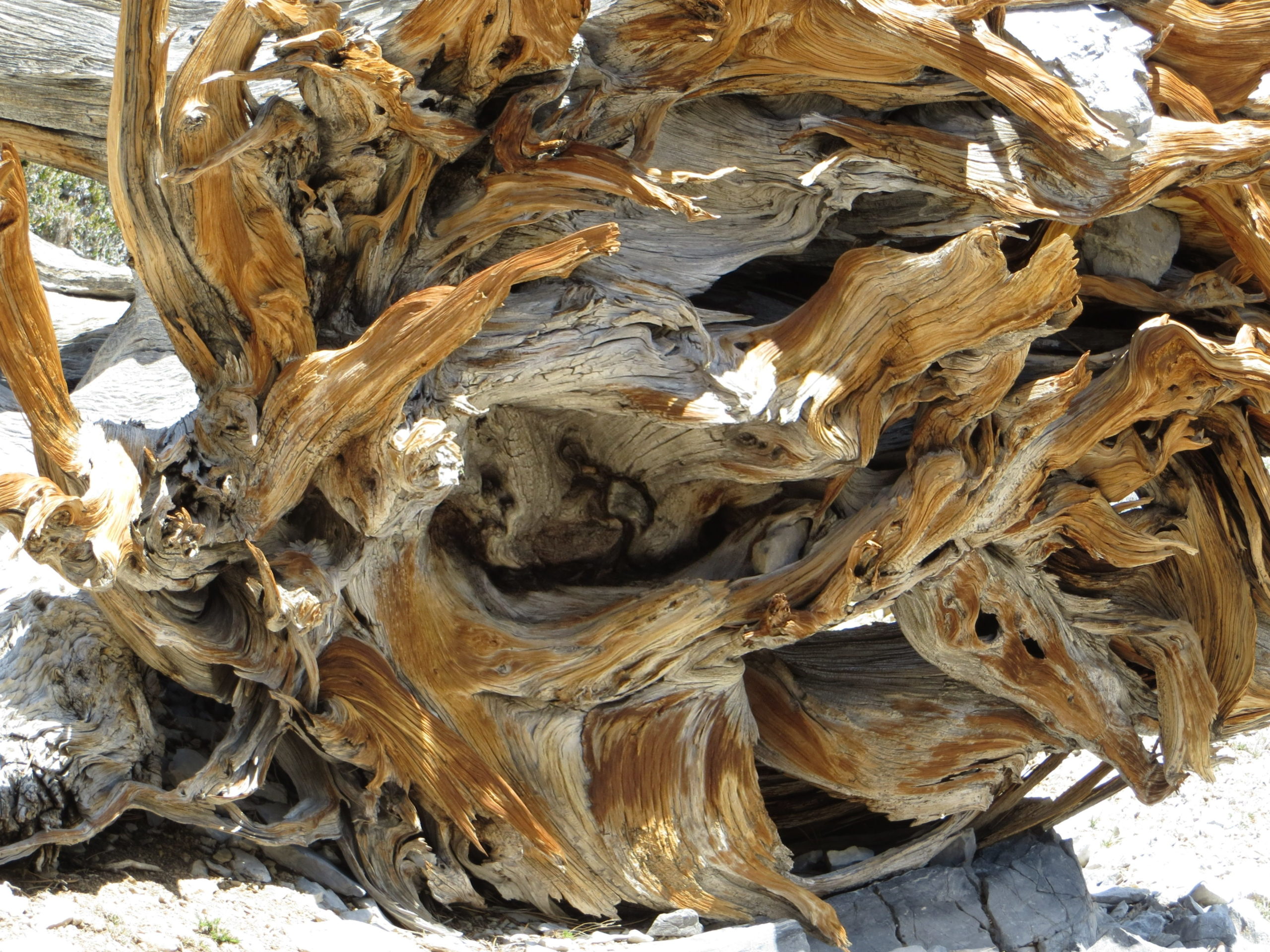
I took some time to sit and contemplate and to more closely observe my surroundings. Then I turned around and began the return hike, taking advantage of the descent to move briskly. I felt alive, grateful for having arrived at an evocative and worthy destination, buoyant in expectation of returning to the city and an evening on the town with Ruth. One can eat very well in Vegas.
I rounded a bend, striding with the momentum the slope provided. My toe snagged a rock, and I tumbled forward.
After I came to a stop, I replayed in my mind’s eye how I must have fallen. I examined myself. One hand was scraped, one arm was chaffed and bleeding around the gravel ground into my forearm. My pants were ripped. Yet my knees were fine; no bones were broken; no muscles torn. I had even managed to cradle the camera–slung around my neck–against my chest protecting it from damage. I had instinctively known I could not catch myself to prevent a fall so I had tucked and rolled on one shoulder and come to a sitting position.
I took stock. I had seen maybe two or three other people in the hours I was there; no one came around a bend in the trail. I had not really known where I would be going so Ruth had no information about where I was. Nights were chilly in that season at 8000 feet. With greater caution, I resumed the hike. Thankfully, it was uneventful thereafter.
I like the scripture in Genesis that says we are created in the image of God. I read this passage as a metaphor. It gives me a sense of worth and implies the possibility of relationship with the Divine.
This wilderness trek suggests to me another, more tangible way of finding God. That way is in the process of evolutionary biology that equipped me with the reflexes and muscle memory that saved me from serious harm. I have a sense of being cared for by God in that moment of hazard.
I have been thinking about this going off into the wilderness from the standpoint of relationship obligations, of commitment and caring. What is it to put myself at risk by this kind of excursion? What prerogative do I have to choose such a risk, to not only put myself at risk but to also risk causing anguish to the ones who love me? What claim does a spouse or family or friend have on one to avoid hazard? There is no one good answer, I’m sure. Sorry!
With these questions in mind, I reread the Gospel of Matthew account of Christ going into the desert to be tested. Why did Christ go? Did he consult with God? What did God think about this excursion? Did God sign off on it? There is an implication that this wilderness test was necessary to Christ’s mission and ministry. If Christ had a mission as God’s agent and
messenger, these tests surely risked the corruption, even the ruination of that mission. I imagine the heart of God in anguish, being wrenched in observing this desert journey play out.
To use a Las Vegas metaphor, my outing did not carry those stakes. But it was a good day, and one that has been fruitful for me to recall. The hike provided a wide range of wilderness experience in a few hours. It was a wild, uninhabited place with little or nothing in the way of shelter, food or water. I was alone there in a way I seldom am; I was vulnerable.
It was a beautiful if austere landscape under bright sunlight and a blue sky. It heightened my sense of wonder and well-being. It made me keenly alive, the more so for having survived the tumble. My body had the capacity to heal its cuts. My mind formulated a few take-home lessons. My heart remained in love with the wilderness: I was not made fearful; I would come back to the wilderness again. Not least, the presence of God was made more apparent to me–within me and around me–there and then–here and now.

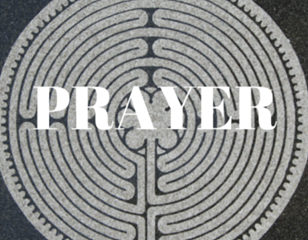
0 Comments